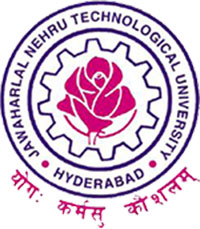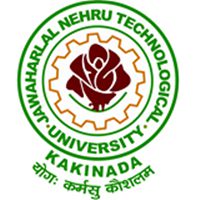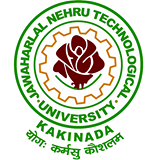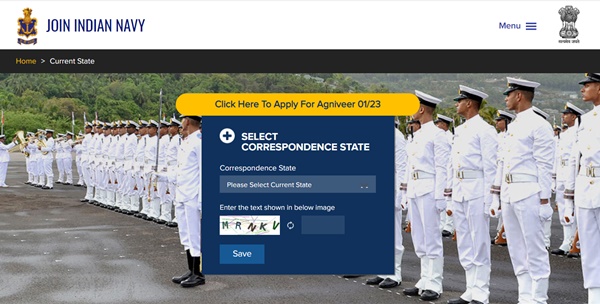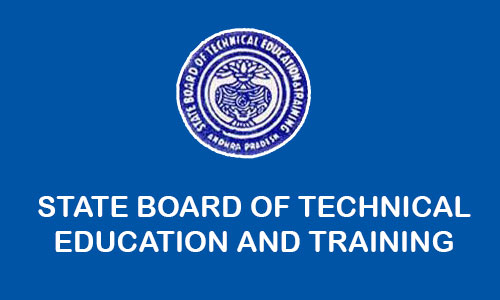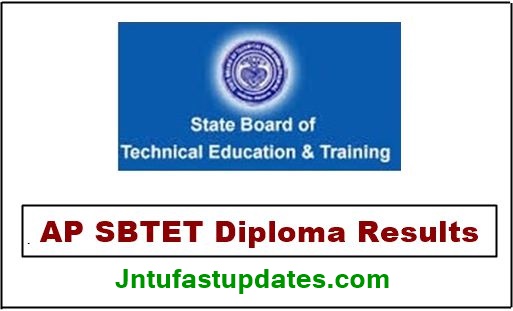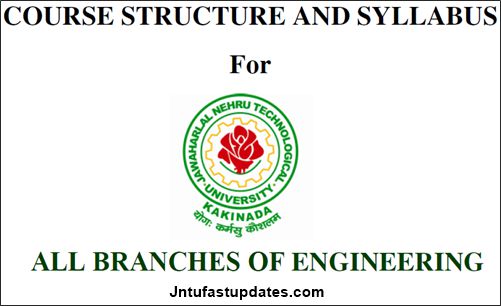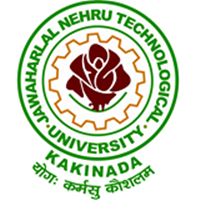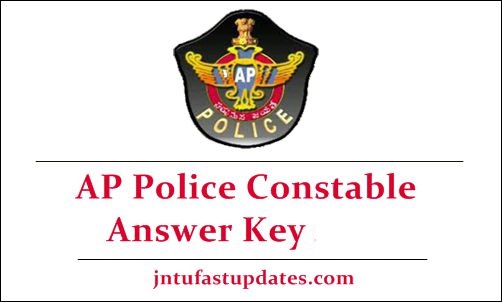TN SSLC Hall Ticket 2023 Download: Directorate of Government Examination (DGE) Tamil Nadu has scheduled the Secondary School Leaving Certificate (SSLC) Examinations from 6th to 20th April 2023 on various dates. Students can check the Tamil Nadu SSLC Routine 2023 with subjects, dates, and timings information from TN DGE official website, dge.tn.gov.in. Also, the students can take a printout of the TN SSLC Time Table 2023 to refer it further. Aspirants undergoing Class 10th/SSLC in Tamil Nadu can get ready for the examinations. The students can start their preparation to get good merit in the SSLC final examinations. More than 11 lakh students are going to appear for the Tamil Nadu SSLC examinations this year.
The DGE Tamil Nadu will organize the SSLC Examinations in a large number of examination centers across the state. Students who are going to appear for Tamil Nadu Class 10th/SSLC examinations 2023 can check the TN DGE official website to find the information about the hall ticket availability. Soon, the DTE will announce the hall ticket download date on its portal. TN SSLC Hall ticket 2023 is released . Hence the aspirants can keep checking the TN DGE portal to aware of the information.
Also Download: TN Plus Two Hall Ticket 2023
TN SSLC Hall Ticket 2023 – Download Tamil Nadu 10th Hall Ticket
Tamil Nadu Board of Higher Secondary Education (TNBSE) is the state government educational organization that monitors the SSLC and HSC education in the state. Tamil Nadu DGE annually conducts the 10th class (Secondary School Leaving Certificate) and 12th class (Higher School Leaving Certificate) examinations for the students in March/April months. The TN DGE is going to release the results in May month. Students pursuing in 10th, 11th, and 12th Classes can now check the date sheet from TN DGE official website, dge.tn.gov.in. Students presently pursuing the SSLC in the state of Tamil Nadu can get ready to attend the final examinations in the month of March.
Also Check: TN SSLC Time Table 2023
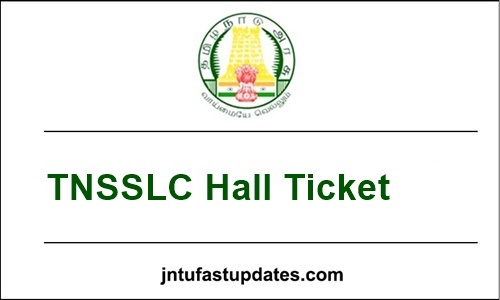
Tamil Nadu SSLC Hall Ticket 2023 – Important Details
| Name of the Board | Tamil Nadu Directorate of Government Examinations (TNDGE) |
| Examination Name | TN Class 10th SSLC Exams 2023 |
| TNDGE 10th Board Exam Dates | 6th to 20th April 2023 |
| Category | Tamil Nadu Board Class X Regular/Private Hall Ticket 2023 |
| Status of release of TN SSLC Hall Ticket Online | Release Soon |
| Official Websites | dge.tn.gov.in |
Download Tamil Nadu 10th Class Hall Ticket 2023 @ dge.tn.gov.in
Students who are undergoing SSLC Regular/Private study in Tamil Nadu can get ready for the examinations as the exam date is nearing. As the DGE announced that the exams are going to start on 6th to 20th April 2023, all students can start their preparation to get a good percentage. The Regular/Private examinations will be held in announced exam dates. Candidates can clearly check the exam dates from the time table. Students can download TN SSLC Hall ticket 2023 in the month of March [tentatively]. Soon, the exact availability date will be announced by the DGE. After downloading the hall ticket, students can take a printout of it to carry to the examination. Students must show the admit card to the corresponding invigilator for each examination. The invigilator signs the hall ticket and then only, the student will be allowed to proceed with the test. Hence the student must be mindful to carry the admit cards while leaving for the examination hall.
After downloading the TN SSLC Hall ticket 2023, candidates can check the following information.
- Name of the Candidate.
- Candidate Signature.
- The Registration number of the Candidate
- Father Name.
- Subject Name with their respective Codes.
- Date, Time and Venue of the Examination Centre.
- Signature of the Chief Superintendent.
- Address of the Candidate.
- Seal of the school.
Students can check all the details once clearly after downloading the hall ticket. If any printing mistake appears in the name or any other column, students can request the DGE for necessary corrections. Students can check the admit card downloading process from the following.
Download TN SSLC Hall Ticket 2023 (For Regular Candidates) – Available Soon
TN SSLC Hall Ticket 2023 (For Private candidates) – Available Soon
Steps to download TN Class 10th Hall ticket 2023
- Visit the official website i.e.dge.tn.gov.in
- You will find the direct link of ‘SSLC Hall Ticket 2023.’
- Click on the link.
- Enter required info like entering school code for download SSLC Hall Tickets.
- Click on download. Hall Ticket will appear on your device.
- Save and take print of your Hall Ticket.
- Keep a copy of TN SSLC/10th Class Hall Ticket 2023 for future reference.
no, Not Yet Released
Student can not enter into the exam hall if person forget to take hall ticket. so every one should pack the pen, hall ticket etc necessary stuff one day before the exam.
6th to 20th April 2023
you can re download your hall ticket using application number and etc details or contact school principle.

320-x100(1).gif)

